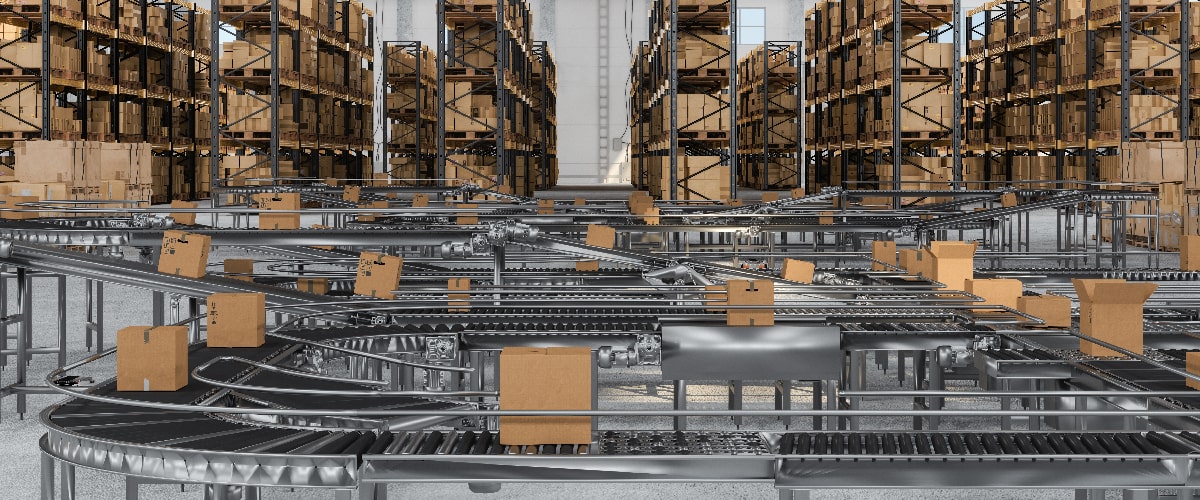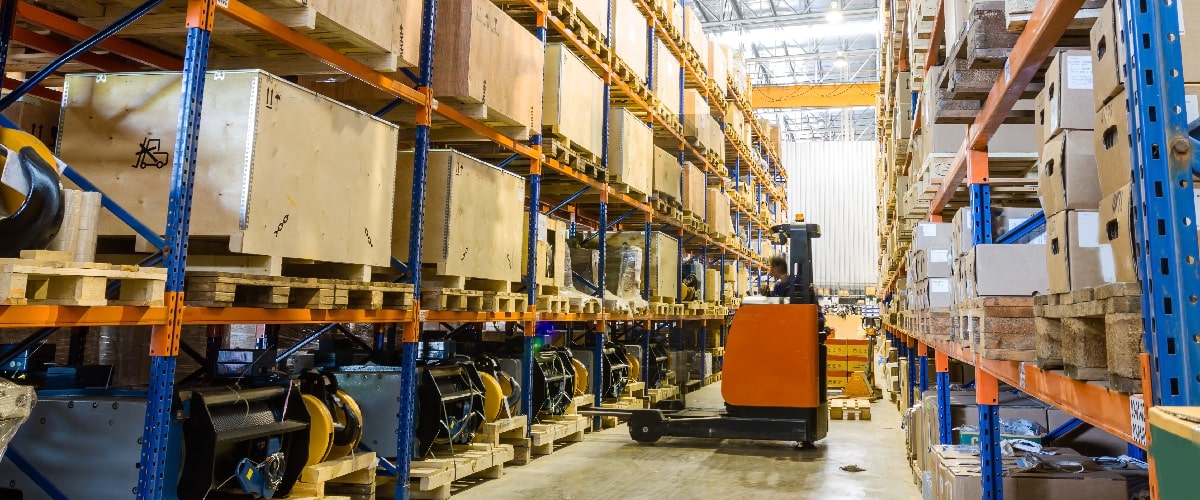 Web Content Viewer
Web Content Viewer

Ransomware is considered a major danger to the cold food chain from a digital standpoint. Businesses find it more difficult to transport goods when computer systems are locked down, and waste is more likely. The Department of Homeland Security reports that in the first half of 2023 alone, ransomware criminals extorted at least $449.1 million.
There's a good chance that soon, cybersecurity risk may increase in scope. Several of the mid-market businesses that represent the backbone of the food supply chain are growing their digital footprints for several reasons, some of which are competitive and others of which are in response to regulatory mandates. This implies that the attack surface will increase.

The integration of artificial intelligence (AI) into many industries has led to incredible advancement, including within the warehousing sector. AI technologies have brought about a substantial transformation in traditional warehouse operations by providing creative solutions that improve overall efficiency and streamline processes. The warehouse industry has reached a turning point and warehouse management is entering a period of never-before-seen innovation and efficiency.

Maintaining open lines of communication, managing vendor relationships, and creating contracts are just a few of the duties that go into creating a vendor management process that, when done correctly, encourages business expansion and optimizes operations. All the activities and projects that support vendor relationships, provide dependable supply chains, and enhance production cycles are collectively referred to as vendor management.

A warehouse management system's (WMS) main goal is to make sure that materials and goods are moved through warehouses accurately and as cost-effectively and efficiently as possible. A WMS handles many functions that enable these movements, including inventory tracking, picking, receiving, and put away. By monitoring inventory and ensuring that items are correctly sorted, stored, dispatched, and tracked, a WMS plays a crucial role in ensuring that operations run smoothly.

ERP technology will see a significant shift in 2024, with a focus on cloud-based systems and integrated AI capabilities. These days, companies are searching for customizable, cloud-based systems with mobile capabilities, AI with real-time data analytics, and easy interaction with other digital tools, all in a secure environment.

In an article I wrote for Forbes, I mentioned that many e-commerce businesses built new warehouses to meet demand during the pandemic. Once established, however, operators encountered a new challenge: labor scarcity, which 57% of supply chain executives believe has "hindered their ability to meet demand." That shortage persists and many logistics professionals are turning to warehouse automation technology to help retain employees they have and increase their productivity.
By using this site you agree to our Privacy Policy and our Terms of Use.
120 Comac Street
Ronkonkoma, NY 11779
Ronkonkoma, NY 11779




 | Vormittag Associates, Inc. ©2024 |
| Vormittag Associates, Inc. ©2024 |